Parrots, with their vibrant plumage and remarkable intelligence, have captivated human hearts for centuries. From the tiny budgerigar to the majestic macaw, these avian wonders bring joy to millions of households worldwide. Yet behind this companionship lies a sobering reality: approximately one-third of all parrot species face extinction threats in the wild. The intersection between the pet trade and conservation creates a complex ethical landscape for current and prospective parrot owners.
Understanding this relationship isn’t just about being a responsible pet owner—it’s about recognizing how our individual choices collectively impact entire species’ survival. This article explores what parrot enthusiasts should know about the conservation challenges these birds face and how pet ownership practices can either contribute to or help alleviate these pressures.
The Global Status of Wild Parrot Populations
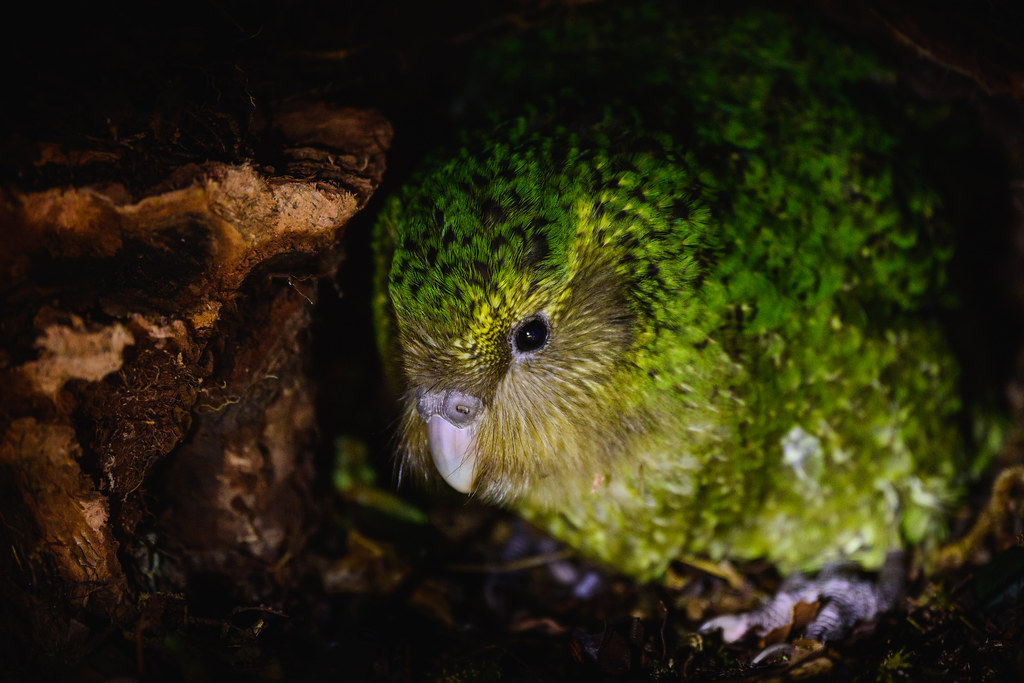
Of the roughly 398 recognized parrot species worldwide, a staggering 111 are currently classified as threatened on the IUCN Red List of Threatened Species. Habitat loss represents the most significant threat, with tropical forests—home to the majority of parrot species—disappearing at alarming rates due to agriculture, logging, and urban development. The illegal wildlife trade continues to decimate wild populations, with an estimated 2-5 million birds captured annually, many dying before reaching their destination.
Climate change further compounds these challenges by altering traditional breeding patterns and food availability in critical habitats. These combined pressures have created a conservation crisis for parrots, with some species like the Spix’s Macaw already extinct in the wild while others teeter on the brink.
The True Cost of the Pet Trade
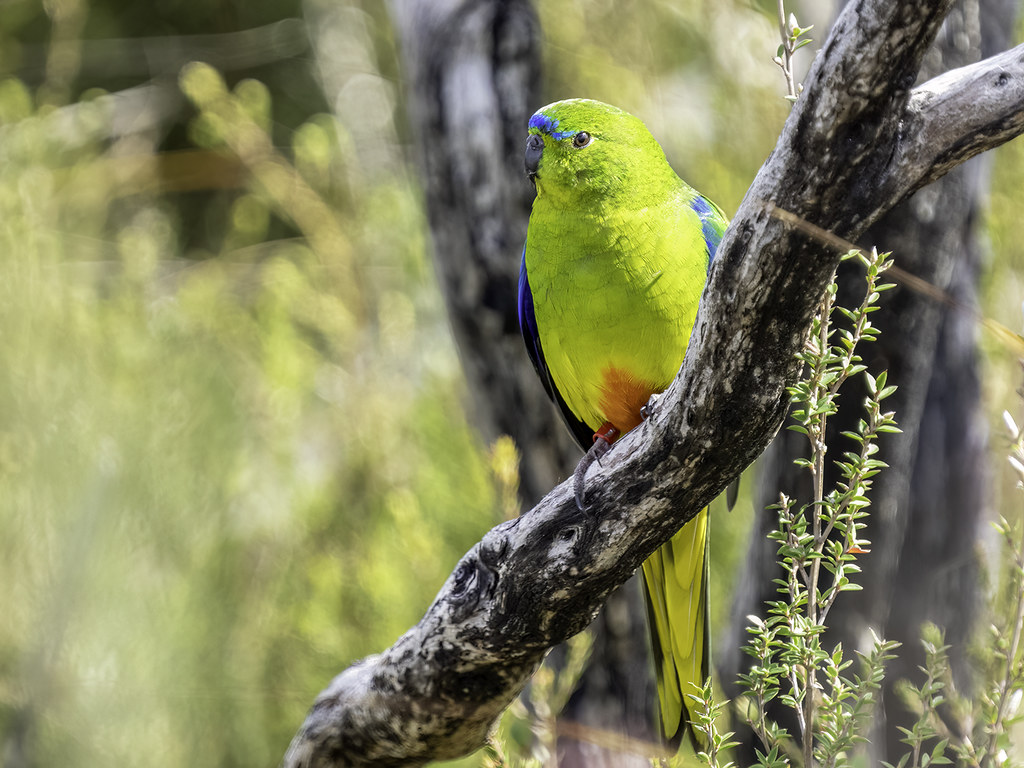
The global exotic pet trade extracts a devastating toll on wild parrot populations that goes far beyond simple numbers. For every parrot that survives capture and transportation to reach a pet store, an estimated 3-10 birds die in the process—a mortality rate that magnifies the impact of each purchase decision. The methods used by wildlife traffickers are often brutal: nestlings are pulled from their homes, adult birds are trapped using glue or nets, and many suffer injuries, stress, dehydration, and suffocation during transport.
This trade disrupts natural breeding cycles and social structures within wild populations, with the loss of mature breeding adults being particularly damaging to species recovery efforts. The economic value of rare parrots—with some species commanding prices exceeding $10,000 on black markets—creates perverse incentives that continue to drive poaching even as wild populations dwindle toward extinction.
Understanding CITES and International Protections
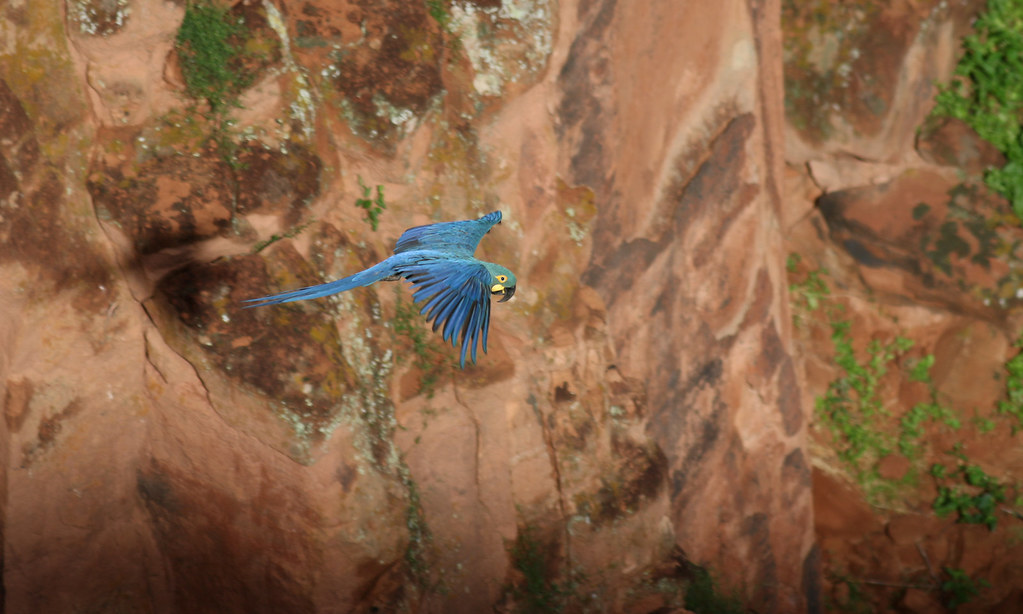
The Convention on International Trade in Endangered Species of Wild Fauna and Flora (CITES) represents the primary international framework protecting parrots from unsustainable trade practices. This agreement, which 183 countries have signed, categorizes species into three appendices based on their conservation status and trade restrictions. Appendix I includes the most endangered parrot species for which commercial trade is effectively prohibited, including Spix’s Macaw and Lear’s Macaw.
Appendix II, which includes the majority of parrot species, permits regulated trade with proper documentation to ensure sustainability. However, enforcement challenges remain significant, with smuggling networks exploiting regulatory gaps and corruption to move birds across borders illegally. Pet owners should always verify that any parrot they consider purchasing comes with proper CITES documentation if required for that species.
Captive Breeding vs. Wild Capture
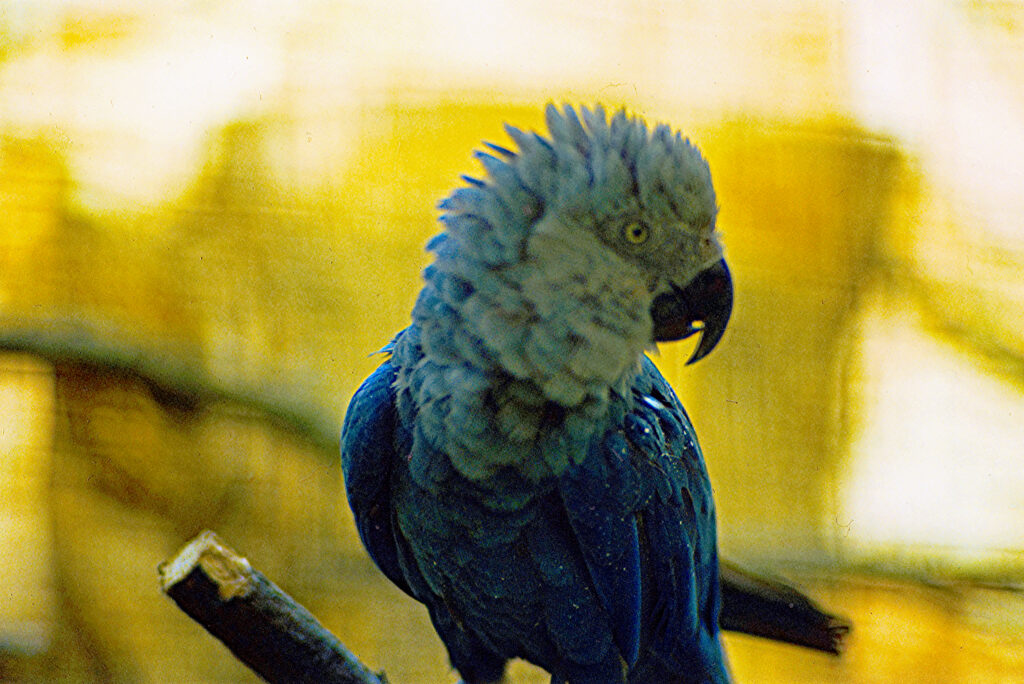
Captive breeding programs represent one of the most significant conservation advances in parrot ownership, creating sustainable populations that don’t deplete wild numbers. Responsible breeders maintain detailed genetic records to prevent inbreeding depression and preserve genetic diversity within captive populations. The contrast in welfare is stark—captive-bred birds are accustomed to human presence from hatching and experience significantly less stress than wild-caught individuals who have undergone traumatic capture and transport.
From a conservation perspective, purchasing captive-bred parrots breaks the economic incentive chain that drives poaching operations. Some successful conservation breeding programs have even produced sufficient numbers to support reintroduction efforts for critically endangered species like the Puerto Rican Parrot and Echo Parakeet, demonstrating how responsible breeding can actively contribute to conservation goals.
How to Identify Ethically-Sourced Parrots
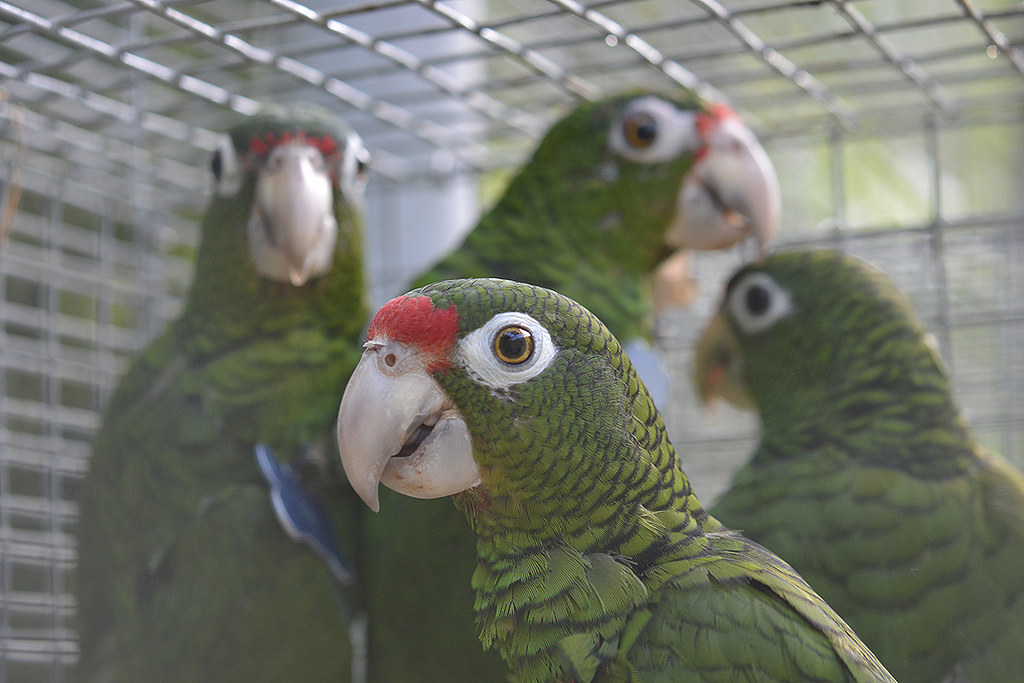
Responsible parrot acquisition begins with thorough research into a breeder’s reputation and practices before making any purchase. Legitimate breeders willingly provide extensive documentation including hatch dates, closed leg bands with unique identification numbers, and health records covering the bird’s complete medical history. Transparency serves as a key indicator—ethical sources welcome facility visits and openly discuss their breeding practices, housing conditions, and socialization methods.
Price can sometimes signal potential red flags, as illegally captured birds may be sold at suspiciously low prices that undercut legitimate breeders who invest significantly in proper care. The bird’s behavior itself offers additional clues, as captive-bred parrots typically show greater comfort around humans compared to the extreme stress and fear responses common in recently captured wild birds.
Parrot Lifespans and Long-Term Commitment
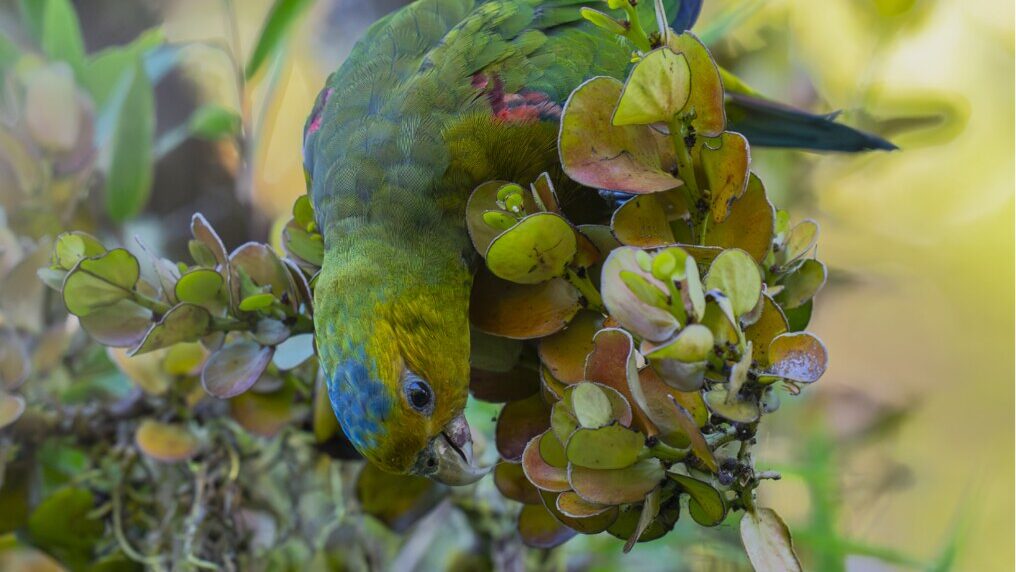
The exceptional longevity of parrots creates a unique commitment dimension that prospective owners must fully comprehend before bringing these birds into their homes. Many larger species routinely live 50-70 years in captivity, with documented cases of cockatoos and macaws exceeding 80 years of age. This extended lifespan means a parrot may outlive its original owner, requiring advance planning for the bird’s future care through arrangements with family members or specialized sanctuaries.
The financial implications span decades, with lifetime costs for larger species potentially exceeding $100,000 when accounting for proper housing, nutrition, enrichment, and veterinary care. Beyond these practical considerations lies the emotional dimension—parrots form deep bonds with their caretakers and experience genuine grief when separated, making the adoption decision one that fundamentally shapes decades of the bird’s emotional well-being.
The Importance of Proper Housing and Diet
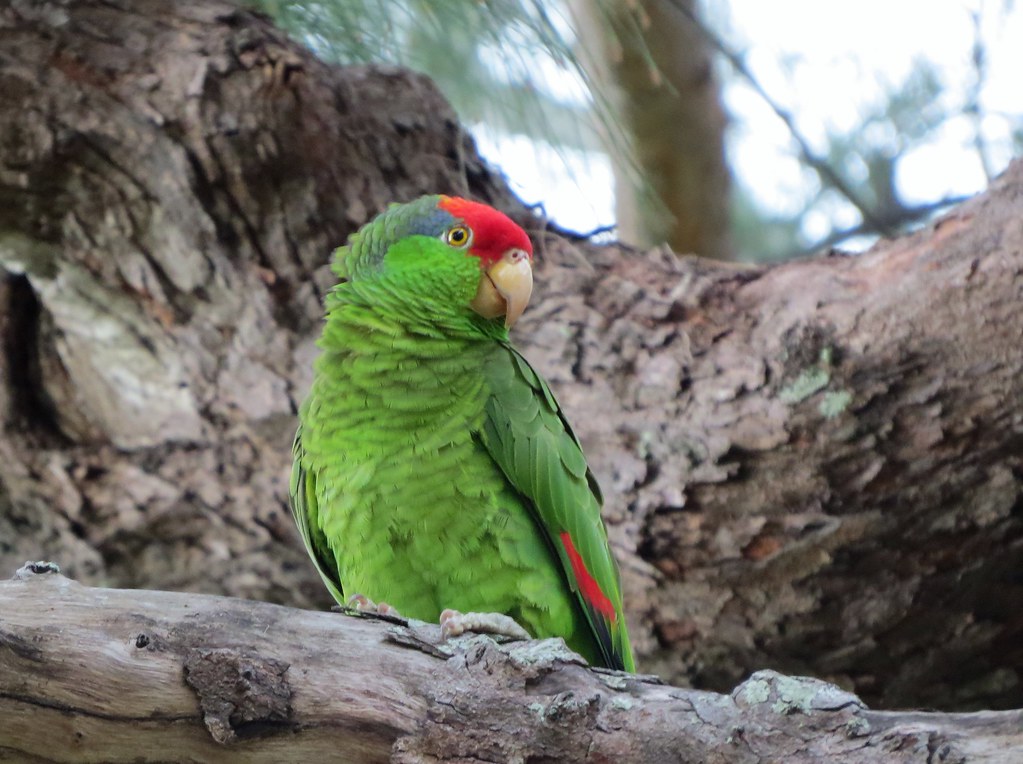
Creating appropriate living conditions for captive parrots represents a critical welfare consideration with direct conservation implications. Inadequate housing ranks among the primary reasons parrots are surrendered to rescues, perpetuating cycles of rehoming that strain sanctuary resources. Enclosures should provide sufficient space for flight whenever possible, with minimum dimensions allowing the bird to fully extend its wings and move freely in all directions. Environmental enrichment through varied perching materials, foraging opportunities, and rotation of safe toys addresses critical psychological needs for these highly intelligent birds.
Nutritional requirements vary significantly between species, but all benefit from diets modeling their natural food sources—pellets supplemented with fresh vegetables, fruits, nuts, and limited seeds rather than seed-only diets that lead to malnutrition. When these fundamental needs are met, parrots experience better health outcomes and behavioral stability, reducing abandonment rates that indirectly pressure wild populations.
Conservation Through Education and Awareness
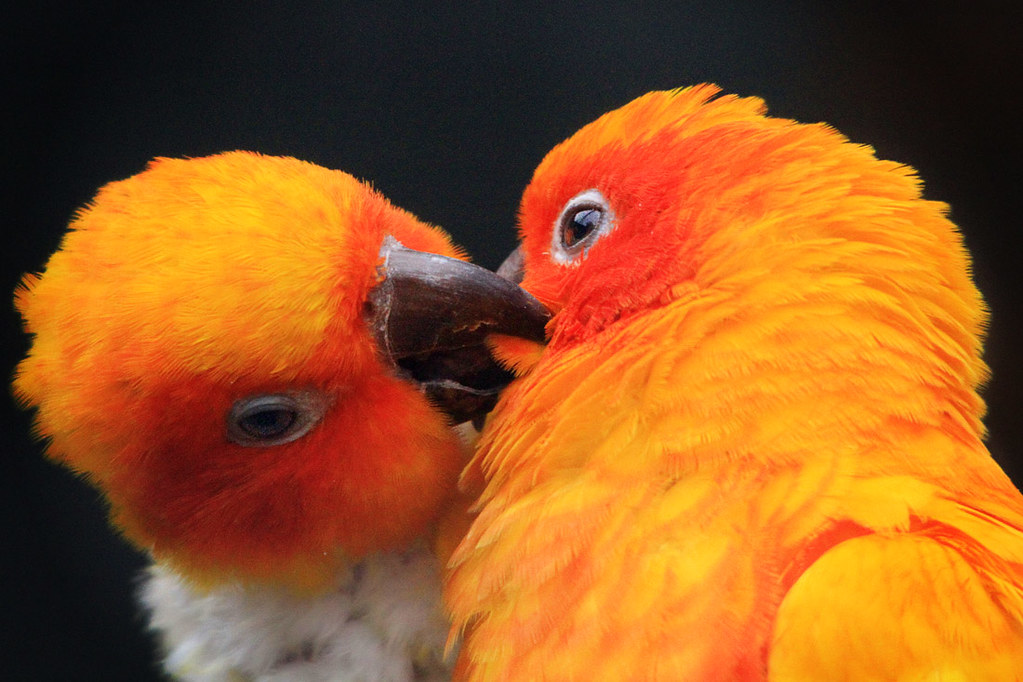
Parrot owners hold unique potential as conservation ambassadors through educational outreach within their communities. By sharing accurate information about a parrot’s natural habitat, behaviors, and conservation challenges, owners create emotional connections between their audience and wild populations facing extinction. Social media platforms offer powerful tools for spreading conservation messages, with many responsible owners using their birds’ accounts to highlight specific threats to wild counterparts and direct followers toward legitimate conservation organizations.
Some parrot guardians participate in formal conservation education programs through partnerships with zoos, wildlife centers, and schools, using their birds as living ambassadors that inspire children and adults alike to support protection efforts. These educational initiatives build crucial public support for conservation policies and funding that ultimately determine whether many parrot species will survive in the wild.
Supporting Conservation Organizations
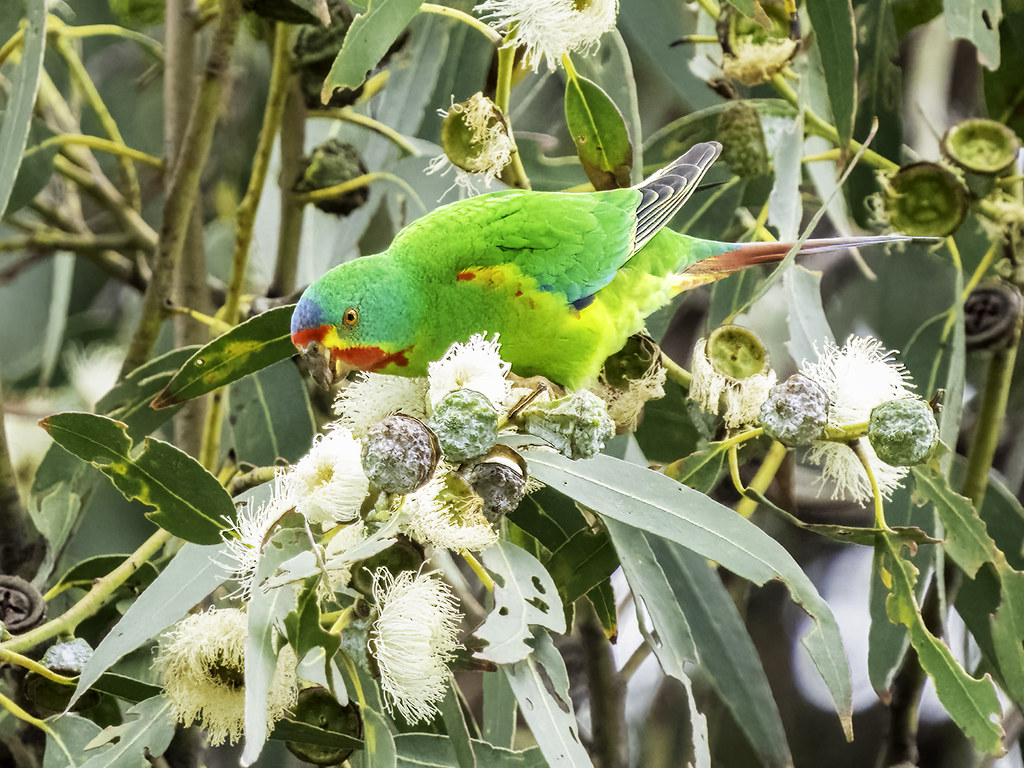
Ethical parrot ownership extends beyond household care to active participation in broader conservation efforts through financial and volunteer support. Organizations like the World Parrot Trust, Parrots International, and the Loro Parque Foundation conduct essential field conservation work protecting critical habitats, combating wildlife trafficking, and supporting local communities in developing sustainable alternatives to forest exploitation. Many of these organizations operate on modest budgets where even small monthly donations can significantly impact their ability to maintain anti-poaching patrols or purchase habitat parcels.
Beyond financial contributions, parrot owners can volunteer their skills in areas ranging from grant writing and graphic design to translation services that help conservation messages reach broader audiences. Some conservation groups even organize ecotourism opportunities where participants can directly assist field researchers while witnessing firsthand the habitats and conservation challenges facing wild parrots.
The Role of Sanctuaries and Rescue Centers
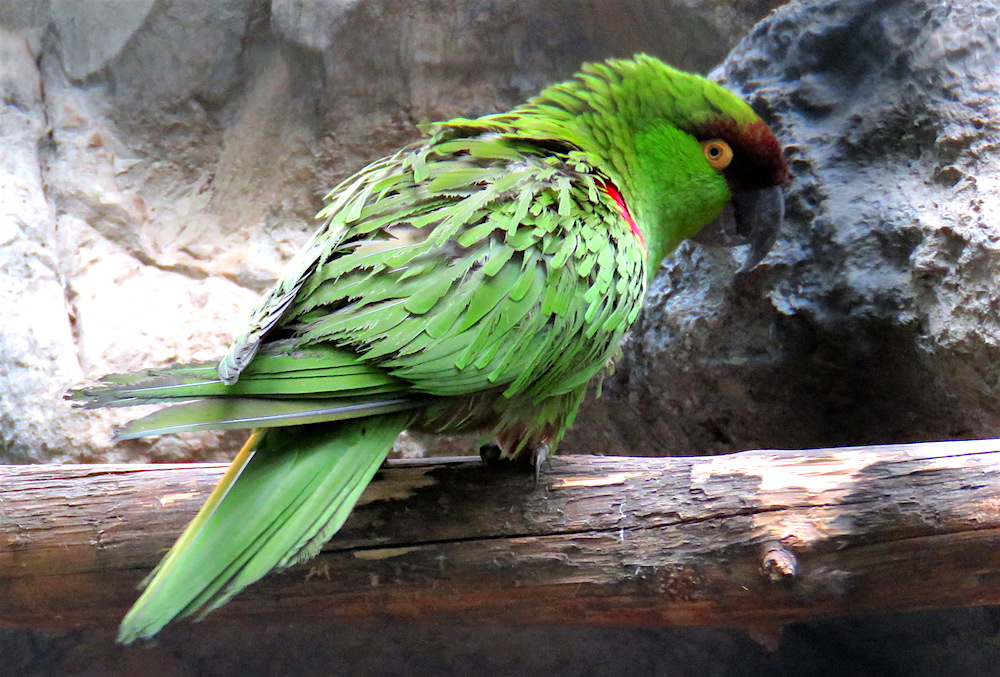
Parrot sanctuaries perform vital conservation work by providing permanent homes for birds that cannot be reintroduced to the wild while relieving pressure for new captures. These facilities typically house hundreds or even thousands of surrendered, confiscated, and rescued parrots, with some specialized centers focusing on specific endangered species. Beyond direct care, many sanctuaries conduct important research on parrot behavior, health, and breeding that informs both captive management and wild conservation strategies.
Reputable sanctuaries maintain strict non-breeding policies to avoid contributing to pet overpopulation while focusing resources on birds already in captivity. Supporting these organizations through donations, volunteering, or adopting rescued birds rather than purchasing new ones represents one of the most direct ways parrot enthusiasts can positively impact conservation efforts while addressing the immediate welfare needs of birds already in the captive population.
Adopting vs. Purchasing Parrots
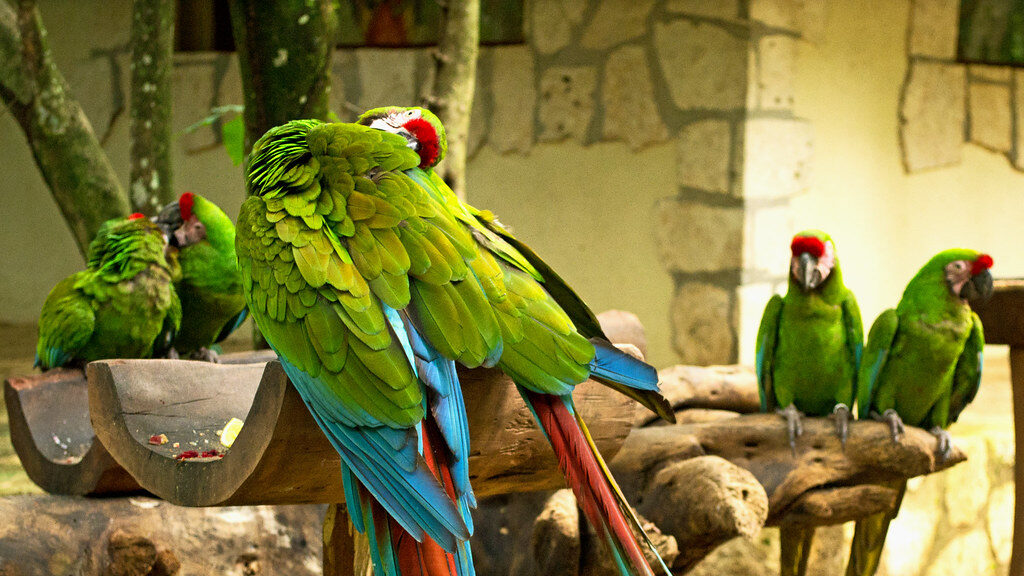
The adoption of rescued parrots offers a compassionate alternative to purchasing that directly addresses the overpopulation crisis affecting many captive species. With estimates suggesting over 75% of parrots are rehomed at least once during their lives, rescue organizations struggle to accommodate the constant influx of surrendered birds. Adoption provides a second chance for these intelligent, long-lived creatures while simultaneously reducing demand for new birds that might otherwise drive breeding or capture.
While adopted parrots may present behavioral challenges stemming from previous neglect or improper handling, many adopters find profound satisfaction in the rehabilitation process and the deep bonds that develop through patience and consistent care. The financial investment typically proves lower than purchasing, with adoption fees generally covering only a fraction of the medical care and rehabilitation the organization has provided, making adoption both an ethical and economical choice for prospective parrot guardians.
Legal Considerations for Parrot Owners
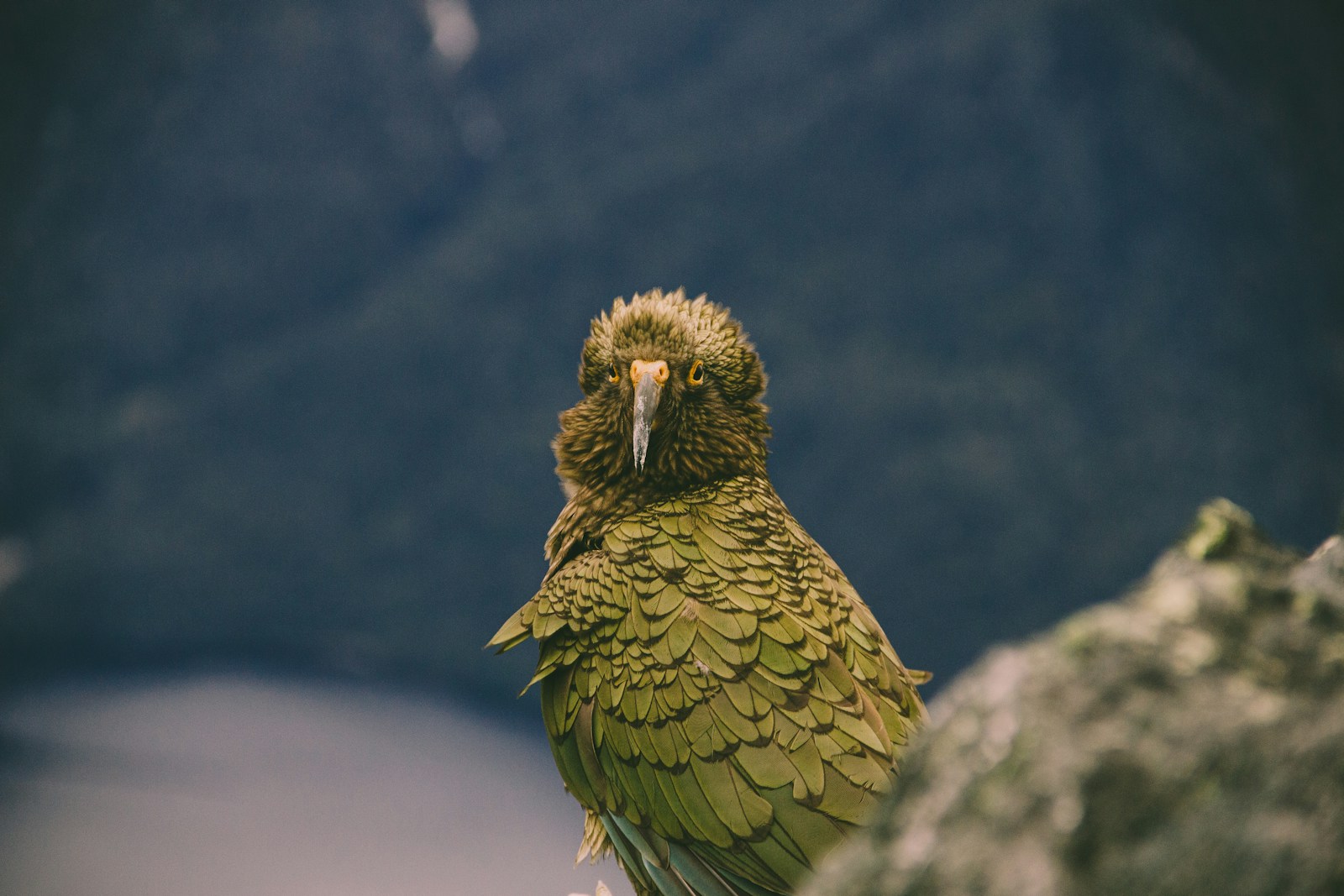
The legal landscape surrounding parrot ownership varies dramatically across different jurisdictions, creating a complex regulatory environment that responsible owners must navigate. Many countries and states have enacted specific legislation restricting ownership of certain parrot species, particularly those classified as endangered or those posing potential ecological threats if released. Documentation requirements may include CITES permits, health certificates, and in some cases, special licenses that demonstrate the owner’s knowledge and capability to properly care for particular species.
Legal violations can carry severe penalties, with fines exceeding $100,000 and potential imprisonment for trafficking in protected species. Beyond acquisition, owners should understand regulations governing interstate transport, breeding activities, and even noise ordinances that might affect their ability to keep certain louder species in residential areas.
Preventing Invasive Parrot Populations
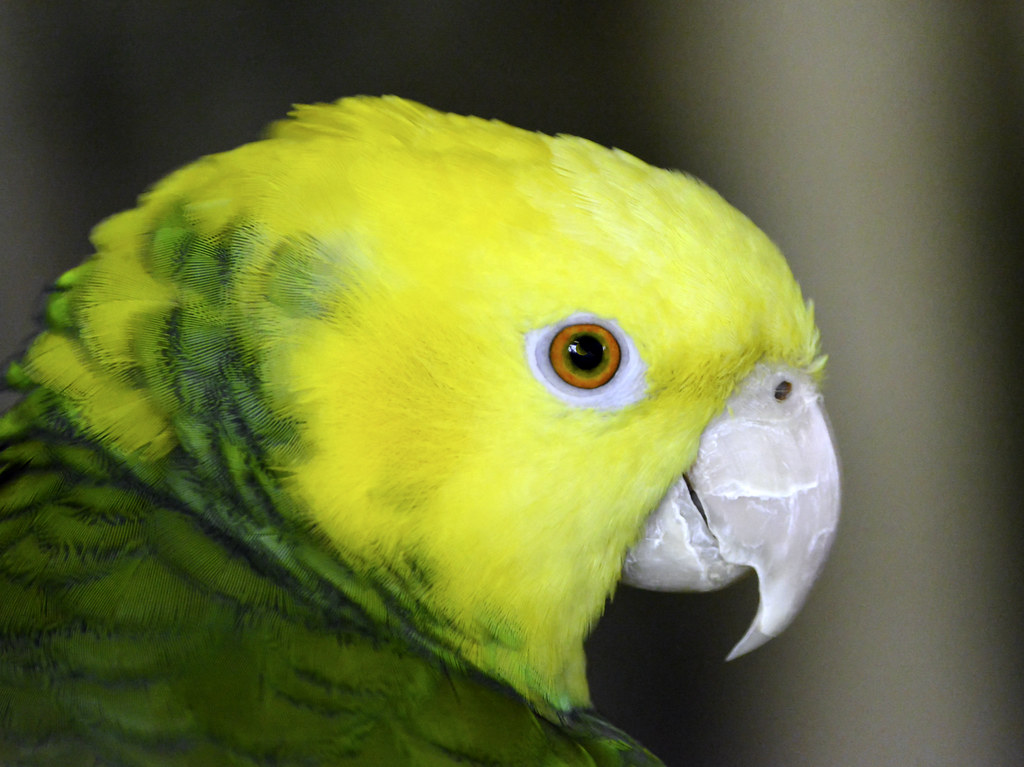
The establishment of feral parrot populations represents an unintended conservation challenge directly linked to pet ownership practices. Numerous cities worldwide now host self-sustaining populations of escaped or deliberately released pet parrots, with monk parakeets, rose-ringed parakeets, and various Amazon species among the most successful urban adapters. These non-native populations can compete with native birds for nesting sites and food resources, potentially disrupt local ecosystems, and in some cases cause agricultural damage or infrastructure issues.
Responsible ownership practices that prevent escapes include proper wing feather maintenance, secure housing with double-door systems, and microchipping birds for identification if they do escape. Perhaps most importantly, owners should never deliberately release unwanted parrots into the environment, instead utilizing surrender options through rescue organizations that can properly rehome these birds without environmental consequences.
The Future of Parrot Conservation and Ethical Ownership
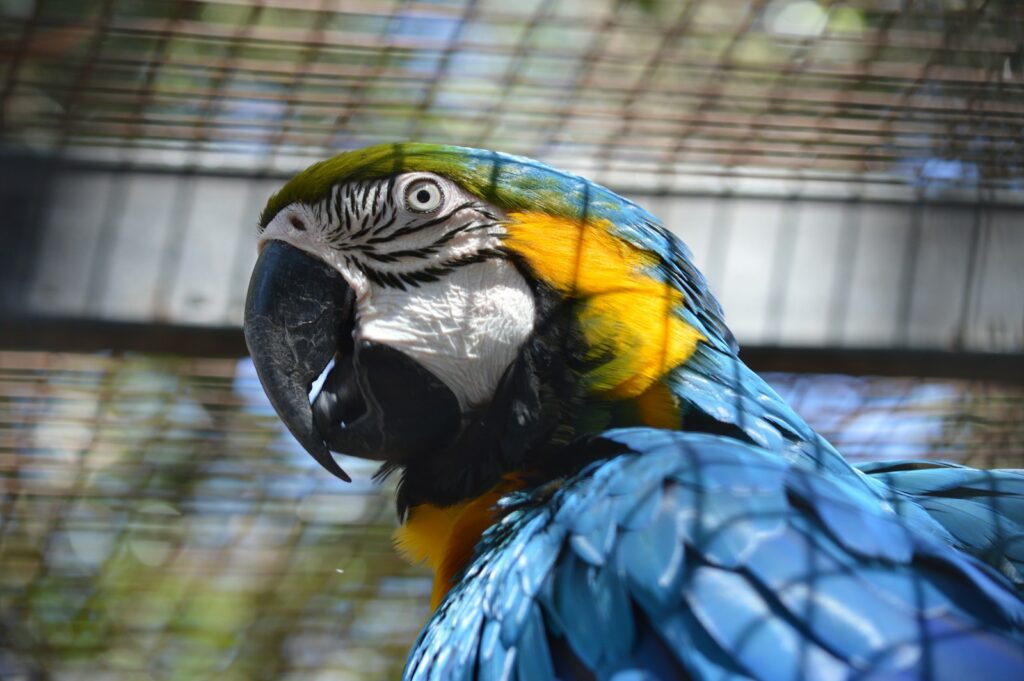
The intersection between parrot ownership and conservation continues to evolve, with emerging technologies and approaches offering new hope for threatened species. Advanced genetic techniques now allow scientists to accurately determine wild origin versus captive breeding, potentially creating verification systems that could dramatically reduce illegal trafficking. Conservation breeding programs increasingly incorporate behavioral research to ensure captive-bred birds develop the skills necessary for potential reintroduction success.
Community-based conservation initiatives that provide sustainable livelihoods for people living near parrot habitats have demonstrated remarkable success in transforming former poachers into protectors. For pet owners, the growing ethical ownership movement emphasizes adoption over purchase, species-appropriate care standards, and active conservation participation as fundamental responsibilities. Through these combined approaches, the relationship between humans and parrots may evolve from one of exploitation to one of genuine stewardship that ensures these remarkable birds continue to thrive both in our homes and in their natural habitats.
Conclusion
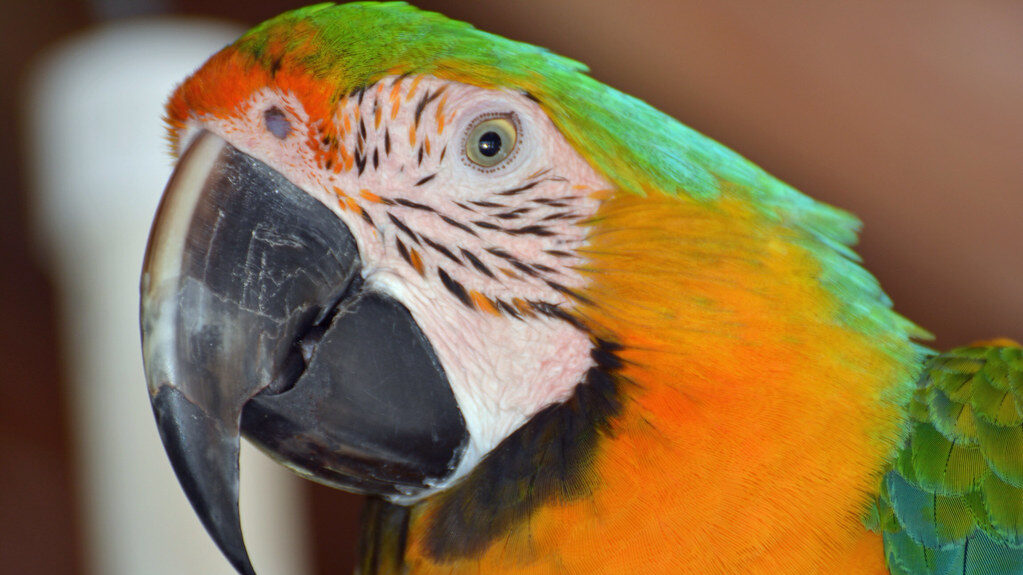
The future of many parrot species hangs in a delicate balance, with their survival inextricably linked to human decisions—including those made by pet owners. By understanding the conservation implications of parrot ownership, enthusiasts can transform their passion into a positive force for these magnificent birds. Choosing captive-bred or rescued individuals, providing exemplary care throughout their long lives, supporting conservation organizations, and educating others represents a holistic approach to ethical parrot guardianship.
While the challenges facing wild parrot populations remain daunting, informed and committed pet owners can play a vital role in the conservation movement that seeks to ensure that future generations will experience the wonder of parrots both in our homes and soaring free in their natural habitats.

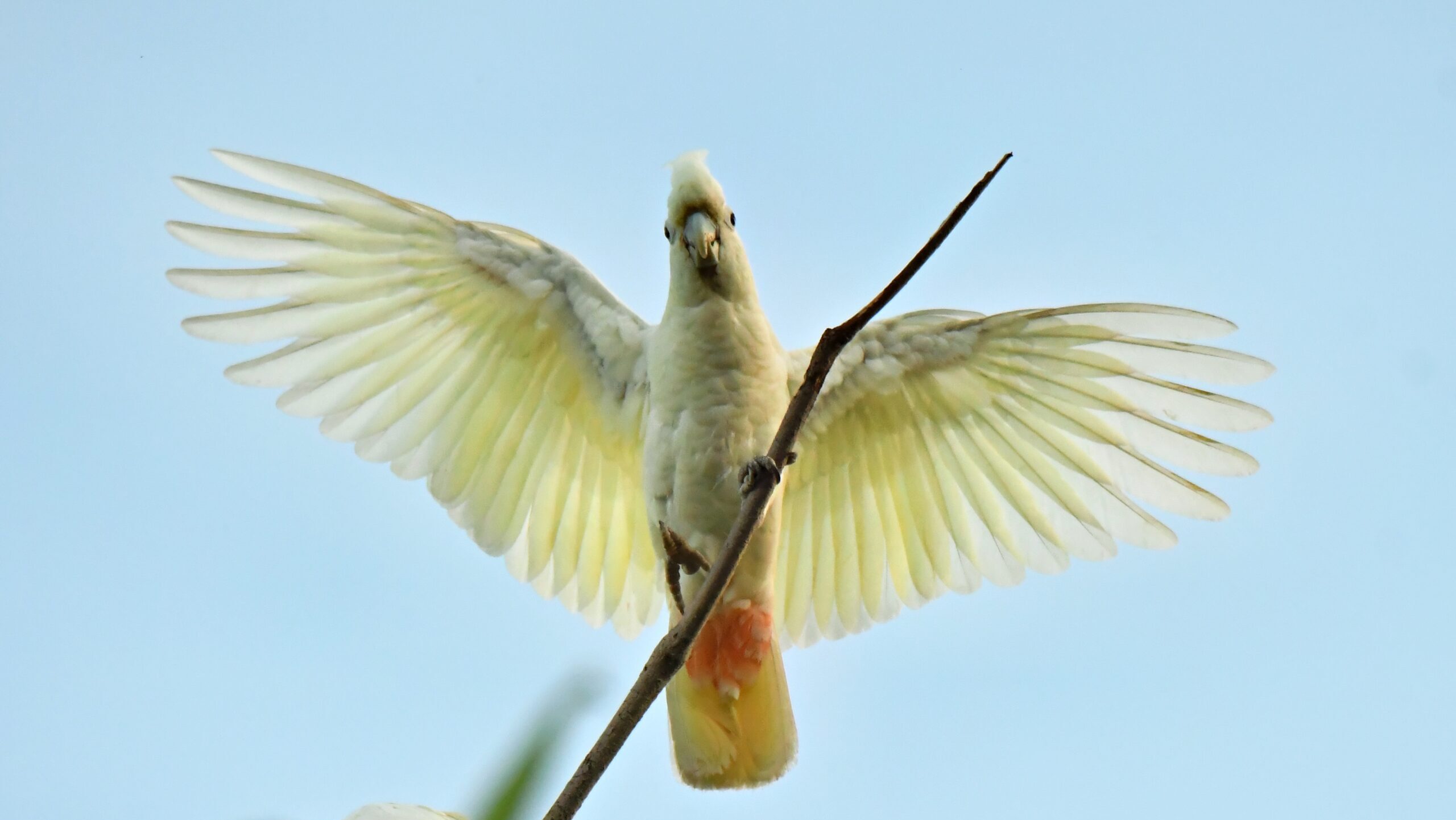
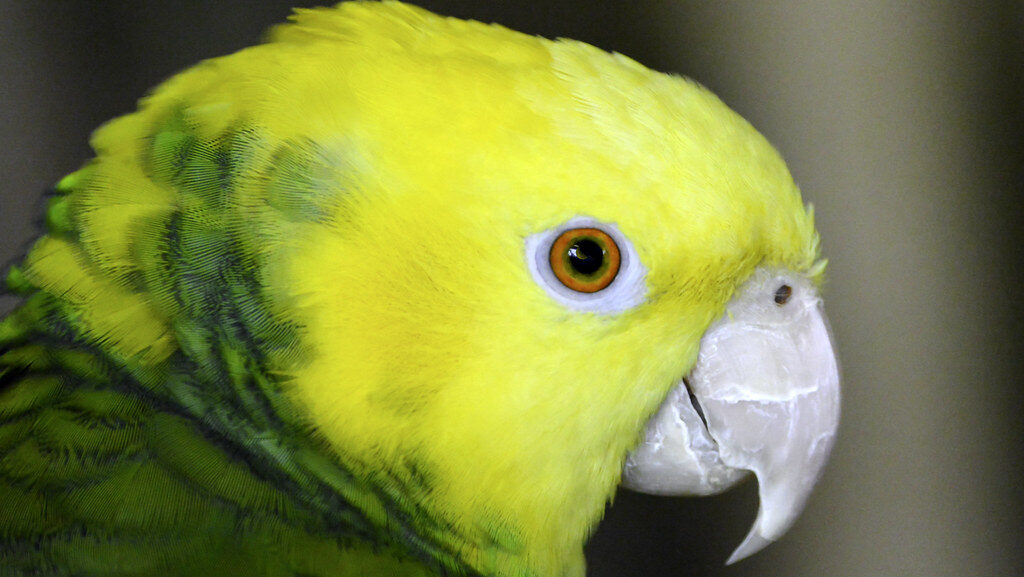
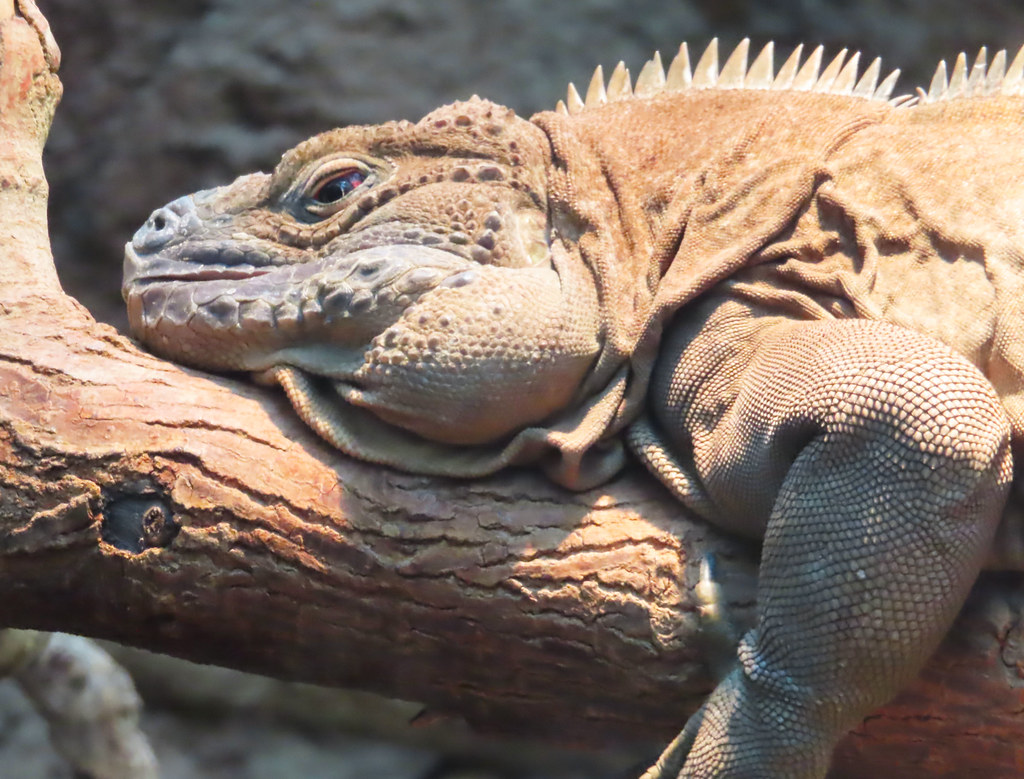
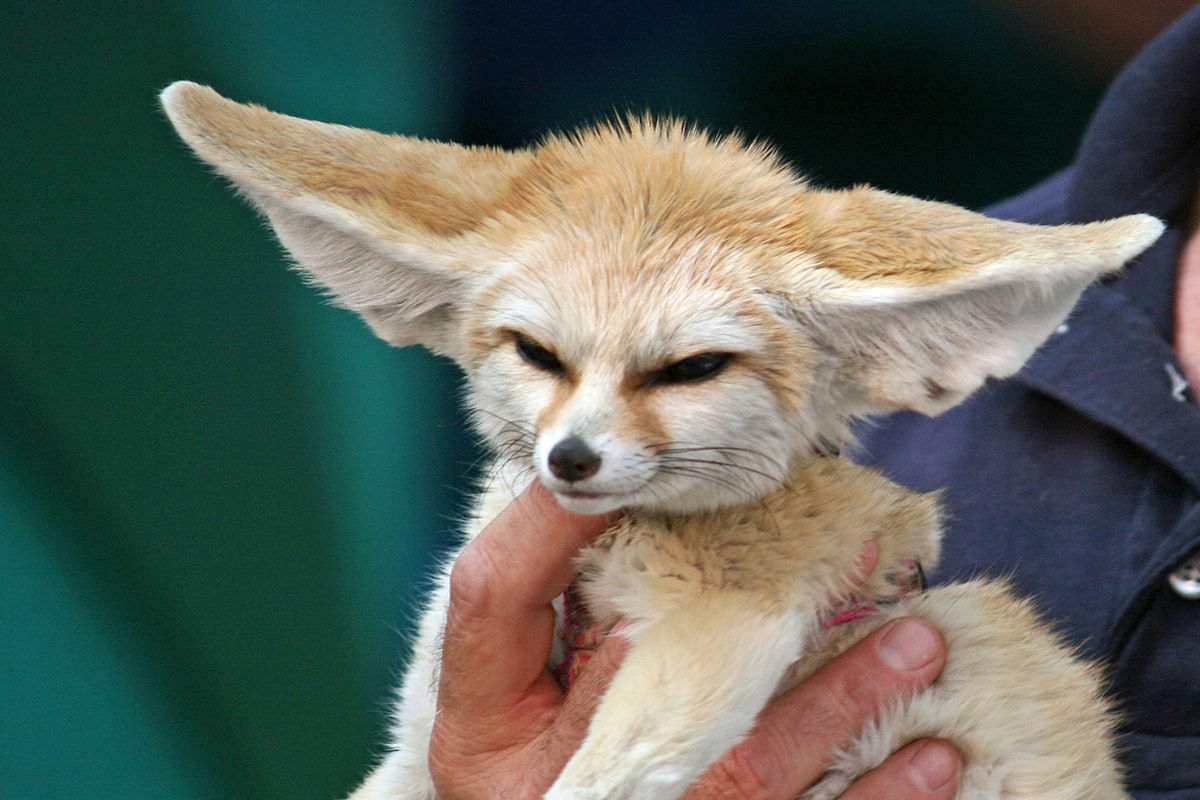

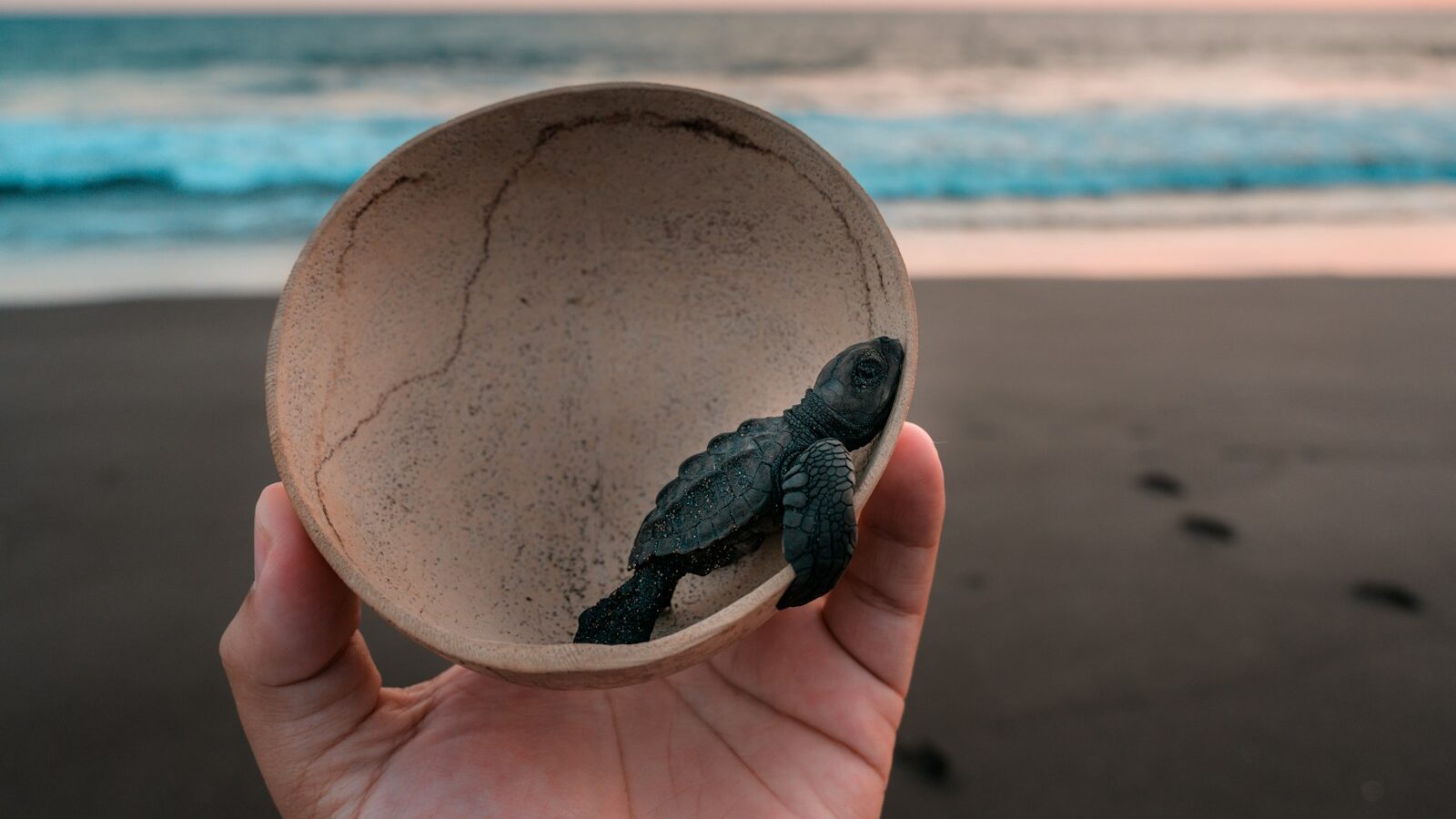
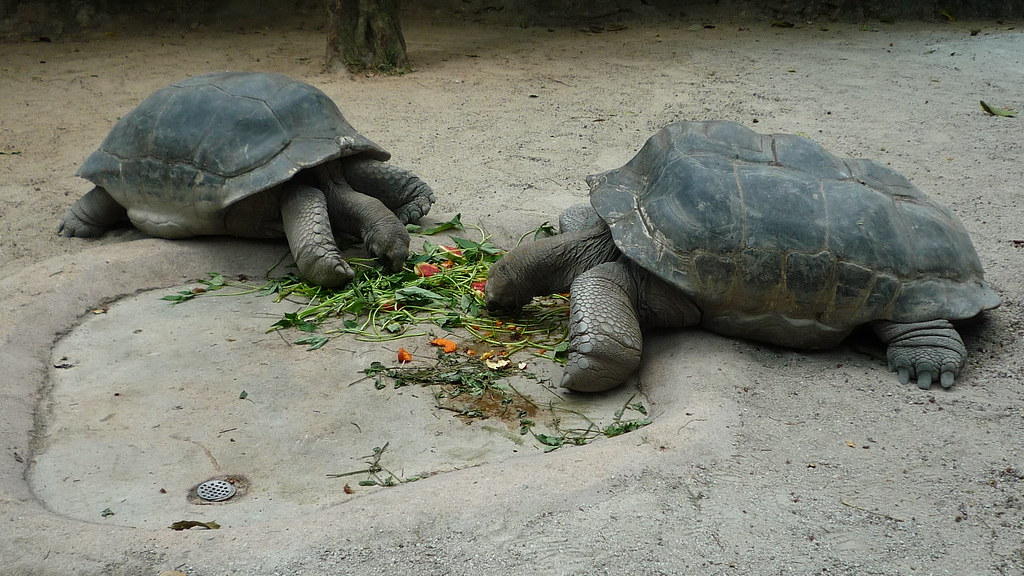
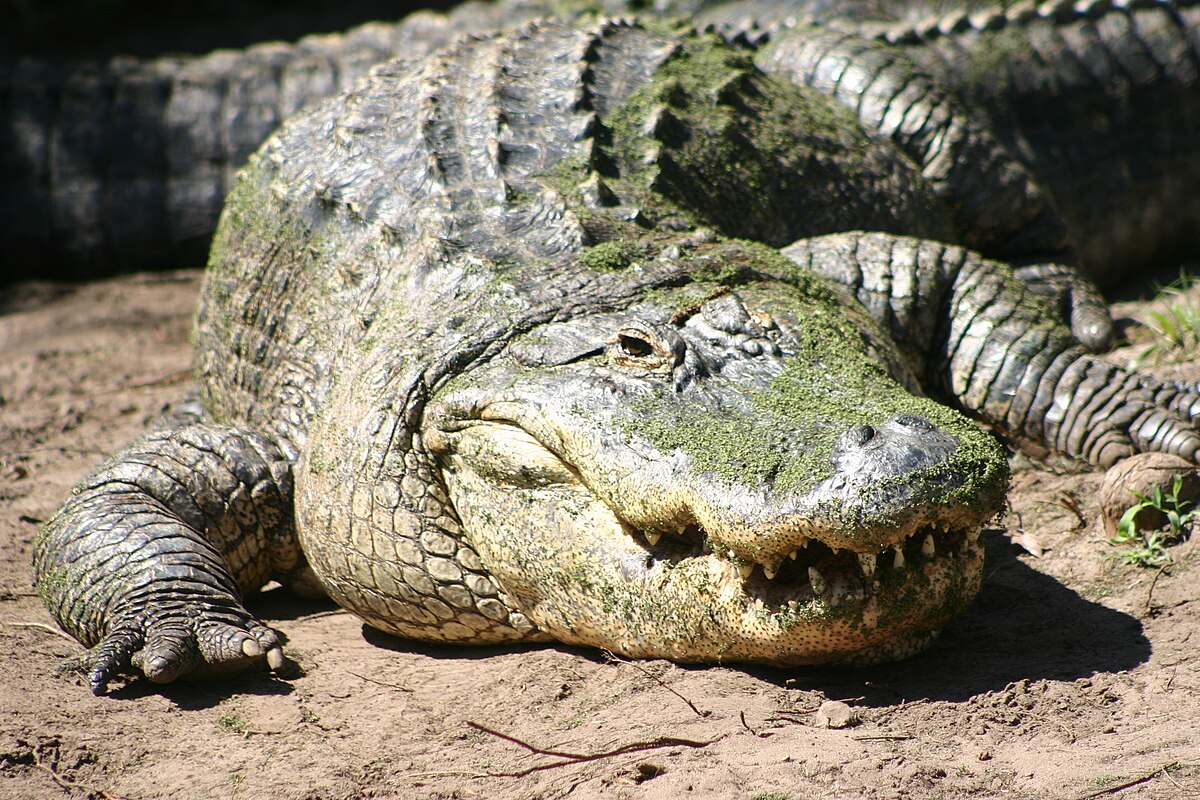
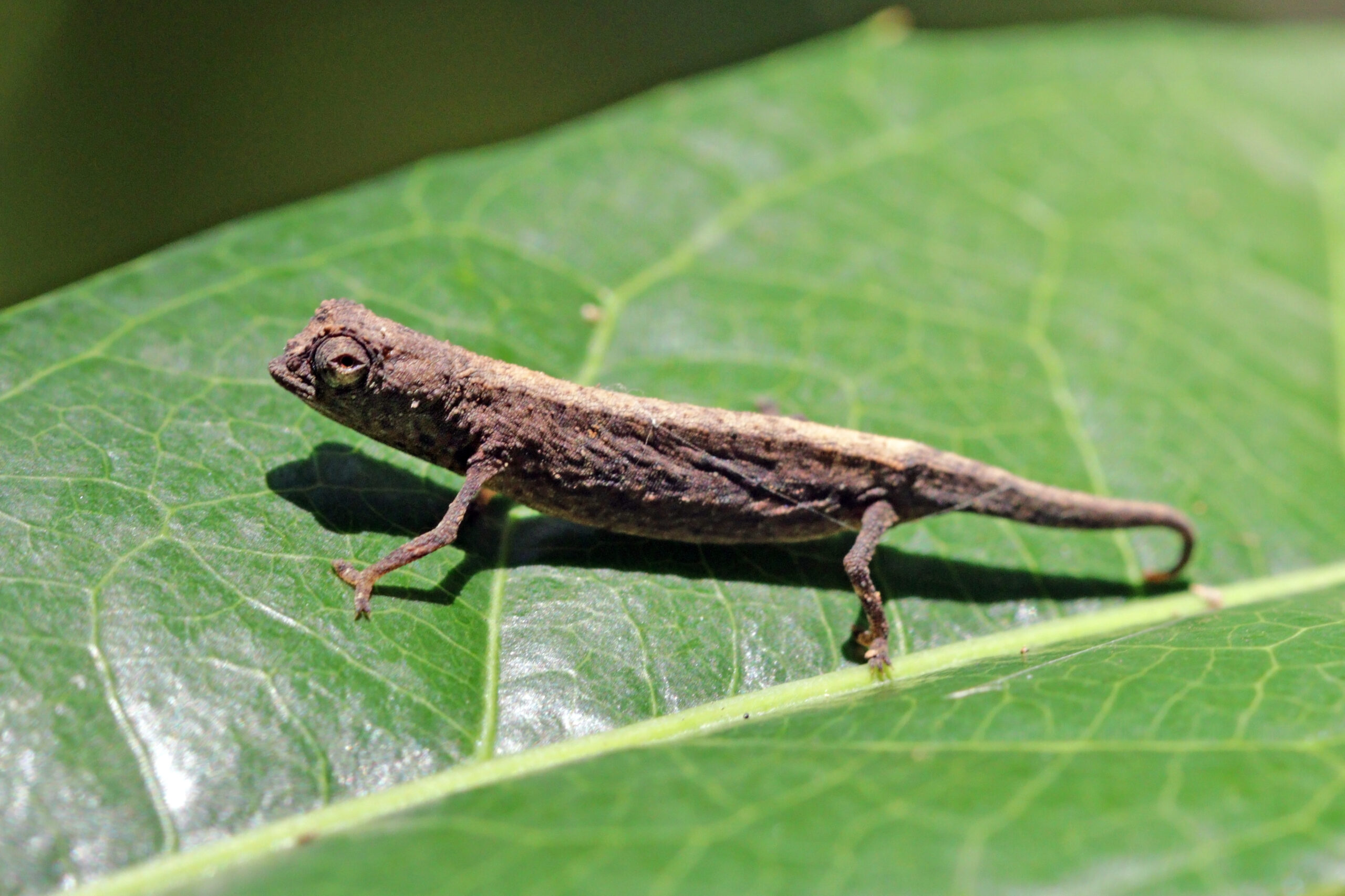
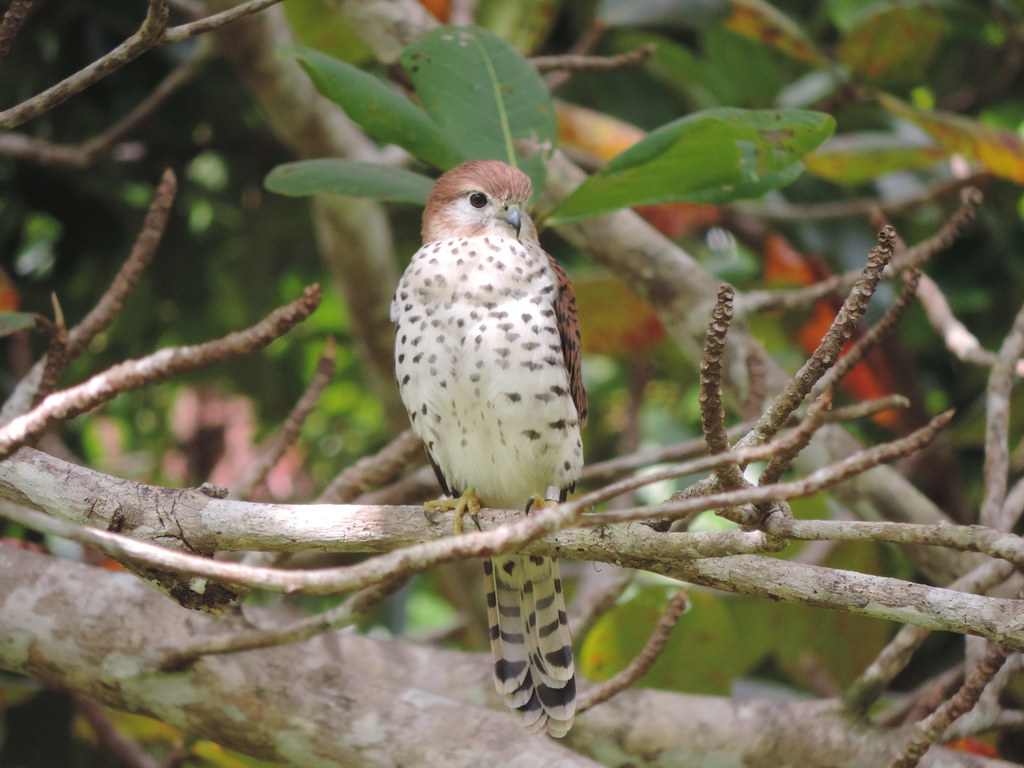
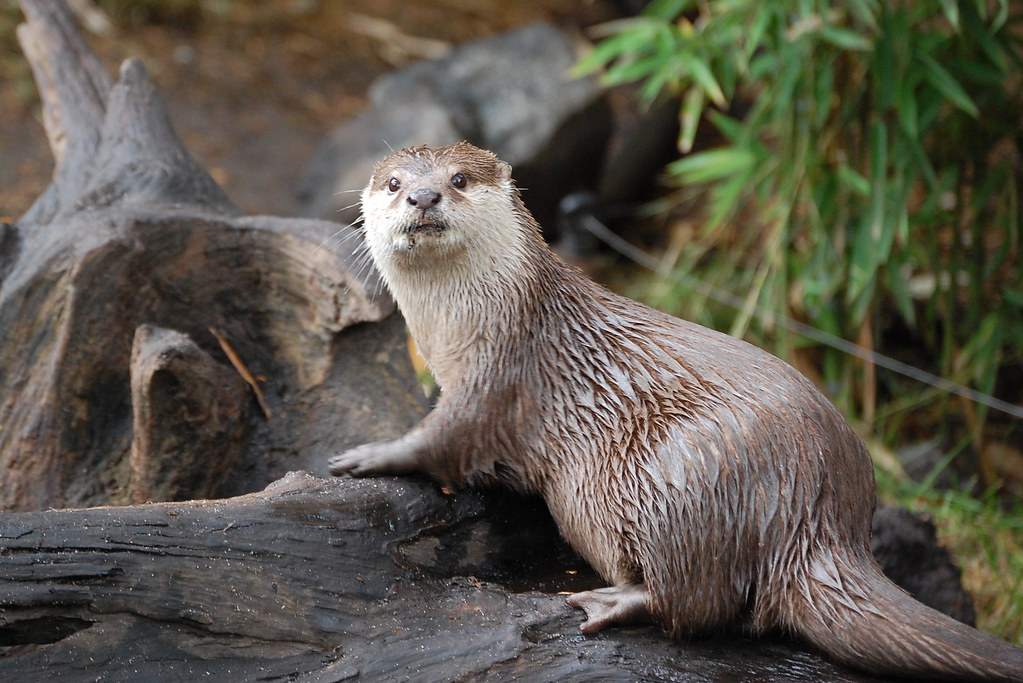




Leave a Reply